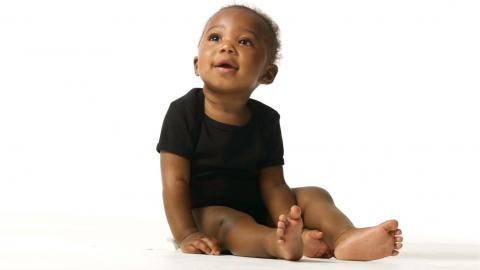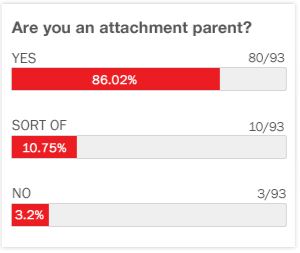
Adopting a child is one of the most life changing experiences a family can pursue. It’s a significant transition for both the family who is adopting and for the child who is coming into the new home. Understanding the different the needs of adopted children are is key to creating positive dynamics in the family. Parenting an adopted child is not the same as parenting biological children, as the adopted child has a different set of needs and requires a different style of parenting in order to grow emotionally.
The way most parents discipline children is not necessarily helpful for adopted children. Time outs, removal of privileges, and certainly corporal punishment are generally not appropriate for adopted children. As explained by child psychologist Gregory Keck the best method for changing negative behaviors in adopted children is to try allowing the natural consequences of their actions create a negative reinforcement for them. For instance, if the child refuses to eat the food the family is having for dinner, then the natural consequence is hunger. If the child refuses to wear their coat to school on a chilly day, then the natural consequence is they are cold. This method removes the adoptive parents from the chain of consequences rather than damaging the fledgling relationship between the child and parent. It also fosters independence and life understanding on the part of the child.
Another way to discipline an adopted child is to use “time-ins” rather than time-outs. According to psychologist Jeanette Yoffe, time-outs for a foster or adopted child are damaging to the child, emotionally and psychologically. Remember that these are children who already feel a deep sense of isolation and rejection. Removing them from the family and forcing them to be alone creates further damage to an already hurting child. This can spiral into further negative behavior and cause escalating issues for the family. Instead of isolation, Yoffe recommends more active engagement in order to mediate negative behavior. Parents must focus on coping and healing techniques. This will help the child to navigate their often difficult past experiences. When a child’s behavior is inappropriate, the traditional method of time-outs would have the parent remove the child and isolate them. In the “time-in” style of discipline, the parent still removes the child from the situation, but the parent also comes to the level of the child and offers an open and safe place for the child to work through the issue.
While it can be a challenge to change your focus as a parent in regards to discipline, it’s worth the effort that it takes in order to create a healthier environment for the unique needs of the adopted child.











This can be especially hard as some adopted kids come from rough backgrounds.
You also have to consider how intimidated they will feel being in a new environment. They might not even realize they are doing anything wrong.
I feel like my foster parents were really good at helping me. They didn't let me get away with things, but they were understandiing to my concerns and what I needed help with.